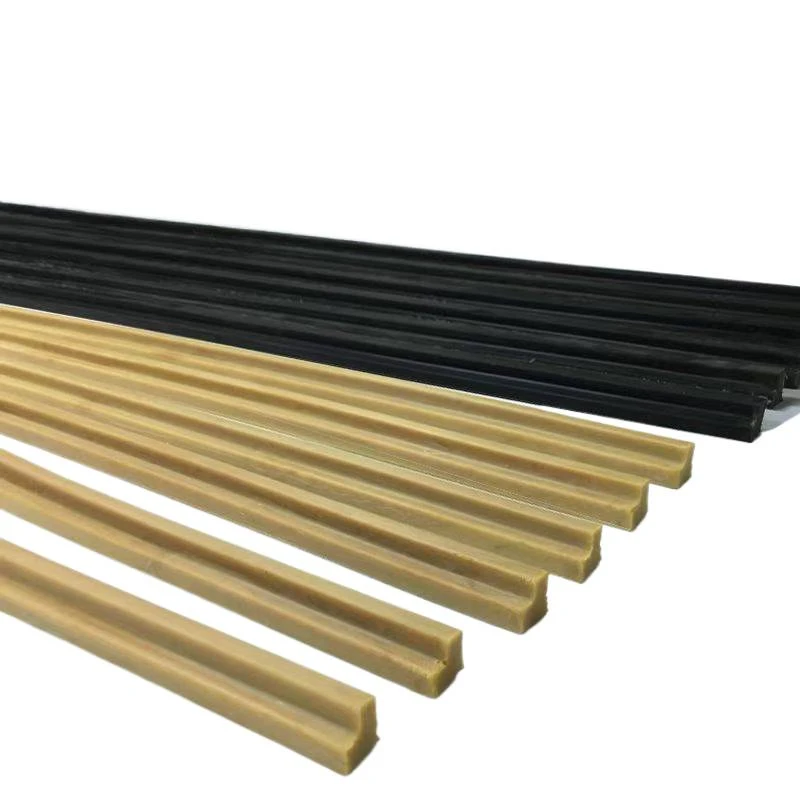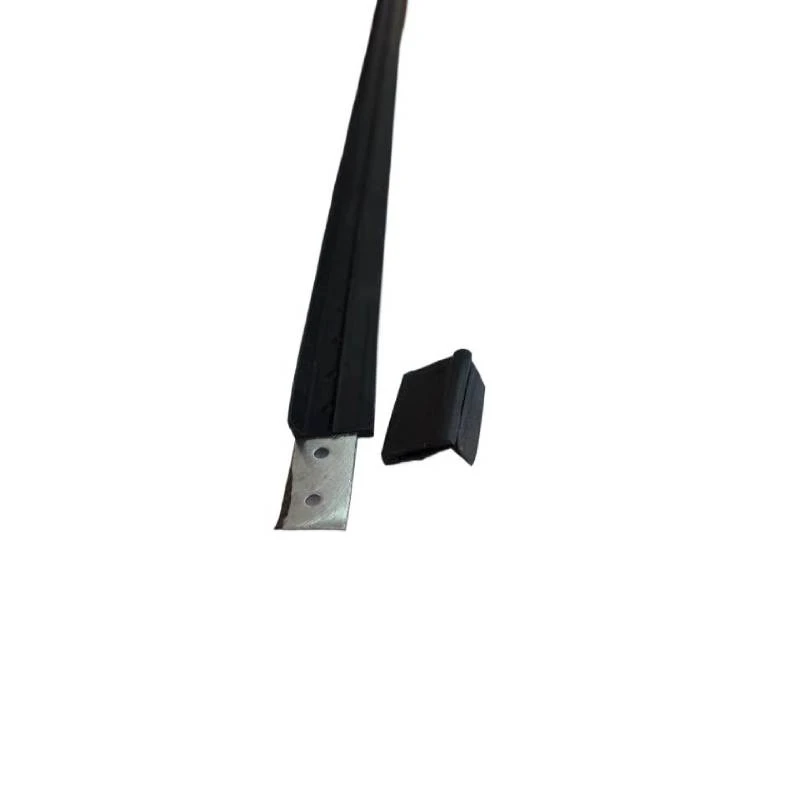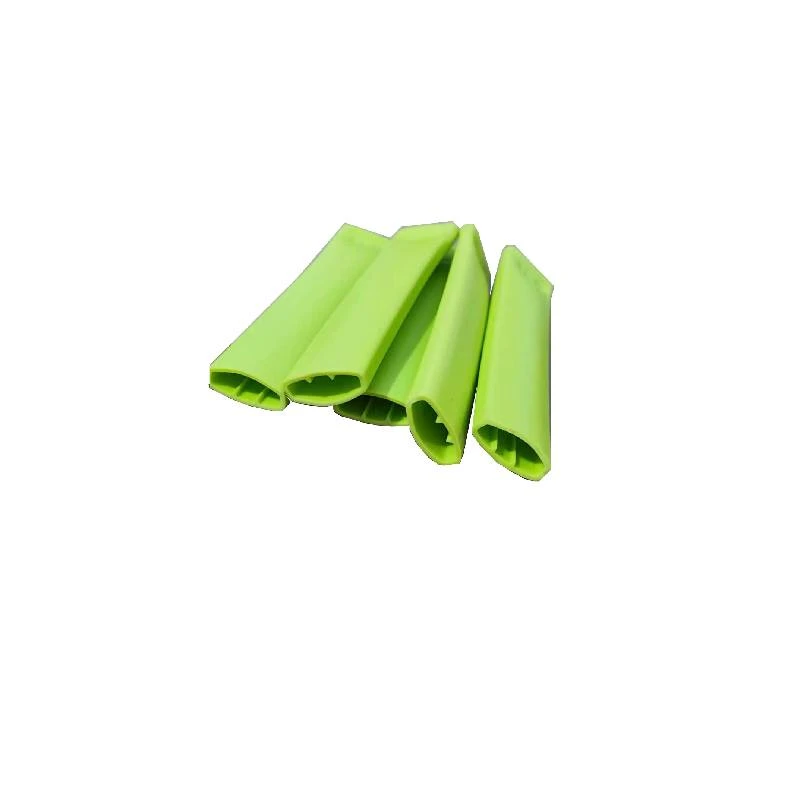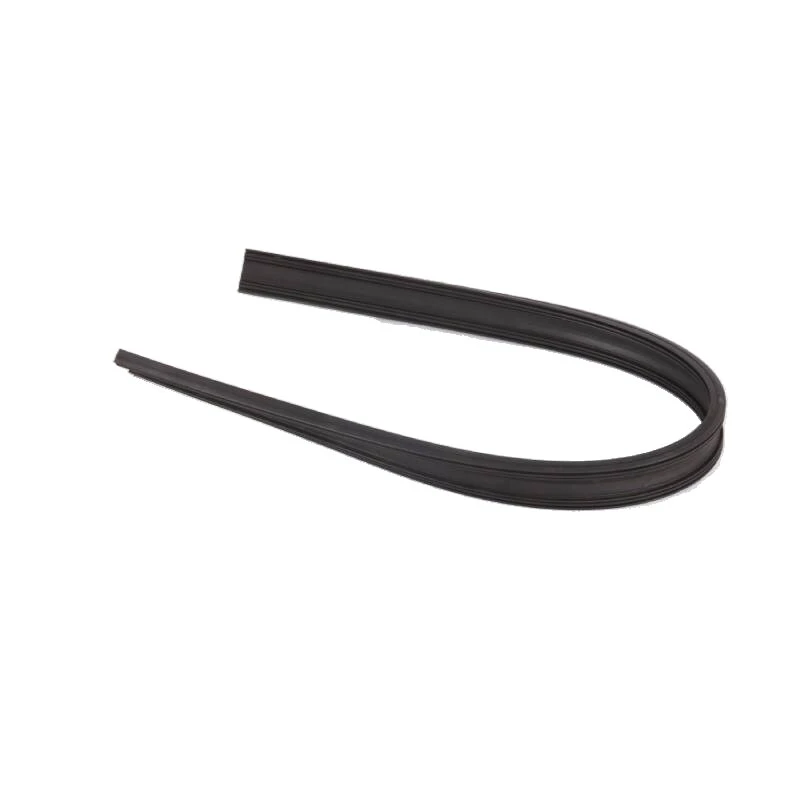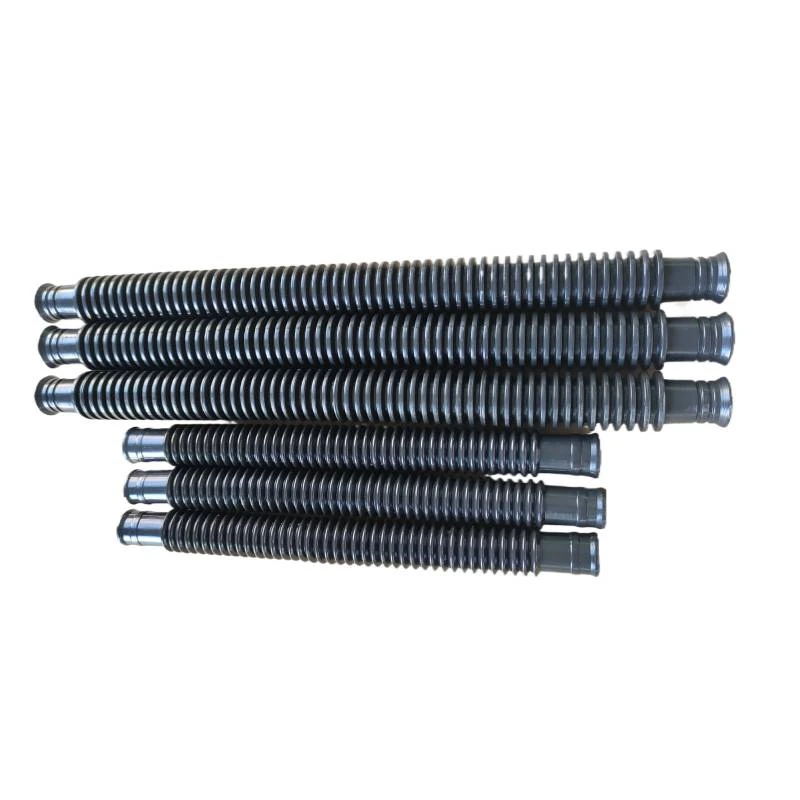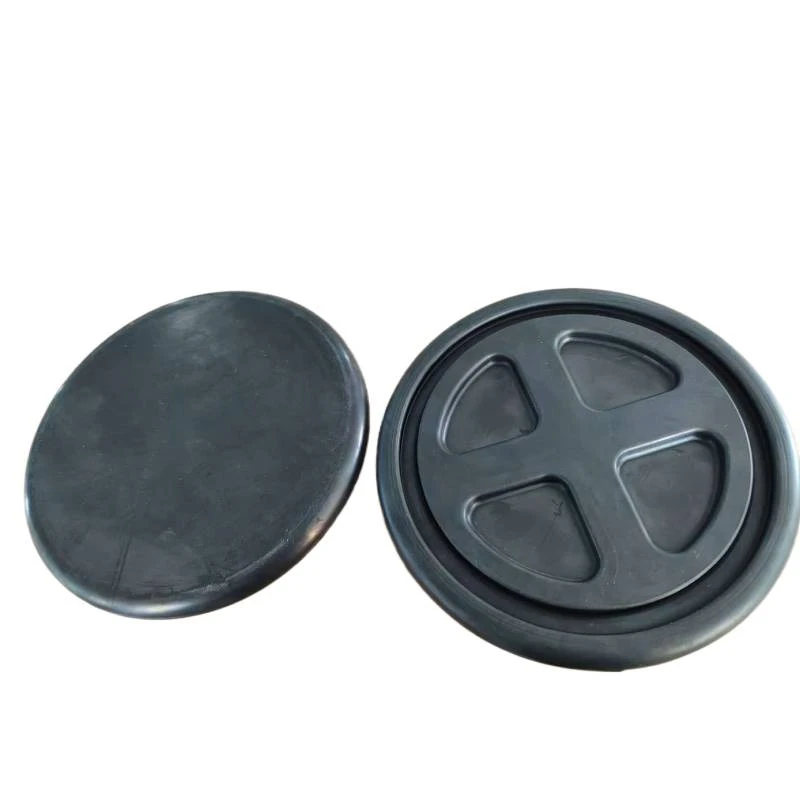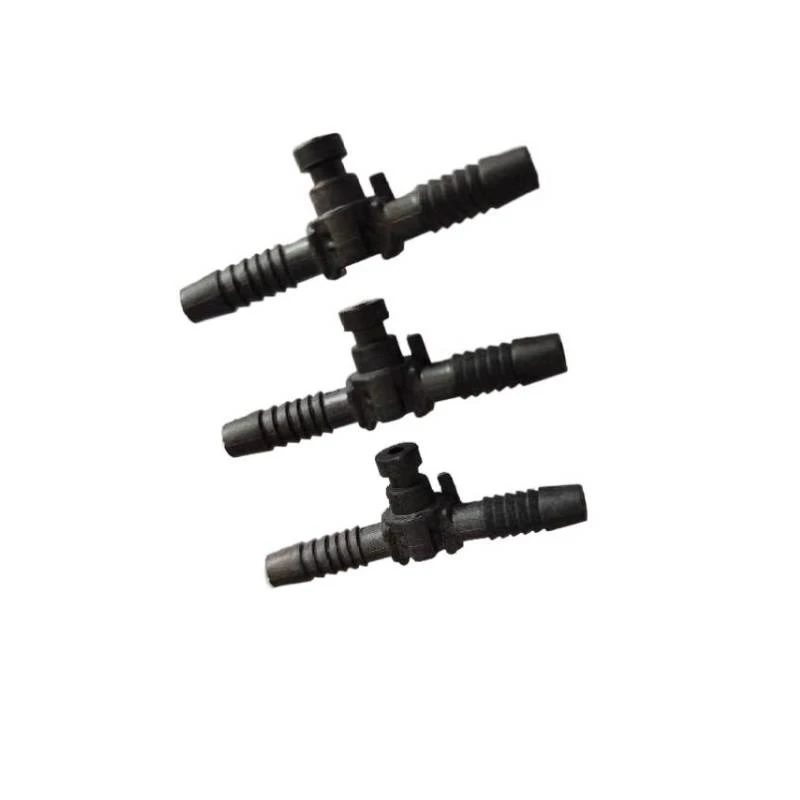
- Afrikaans
- Albanian
- Amharic
- Arabic
- Armenian
- Azerbaijani
- Basque
- Belarusian
- Bengali
- Bosnian
- Bulgarian
- Catalan
- Cebuano
- chinese_simplified
- chinese_traditional
- Corsican
- Croatian
- Czech
- Danish
- Dutch
- English
- Esperanto
- Estonian
- Finnish
- French
- Frisian
- Galician
- Georgian
- German
- Greek
- Gujarati
- haitian_creole
- hausa
- hawaiian
- Hebrew
- Hindi
- Miao
- Hungarian
- Icelandic
- igbo
- Indonesian
- irish
- Italian
- Japanese
- Javanese
- Kannada
- kazakh
- Khmer
- Rwandese
- Korean
- Kurdish
- Kyrgyz
- Lao
- Latin
- Latvian
- Lithuanian
- Luxembourgish
- Macedonian
- Malgashi
- Malay
- Malayalam
- Maltese
- Maori
- Marathi
- Mongolian
- Myanmar
- Nepali
- Norwegian
- Norwegian
- Occitan
- Pashto
- Persian
- Polish
- Portuguese
- Punjabi
- Romanian
- Russian
- Samoan
- scottish-gaelic
- Serbian
- Sesotho
- Shona
- Sindhi
- Sinhala
- Slovak
- Slovenian
- Somali
- Spanish
- Sundanese
- Swahili
- Swedish
- Tagalog
- Tajik
- Tamil
- Tatar
- Telugu
- Thai
- Turkish
- Turkmen
- Ukrainian
- Urdu
- Uighur
- Uzbek
- Vietnamese
- Welsh
- Bantu
- Yiddish
- Yoruba
- Zulu
High-Quality Rubber Sump Plug for Leak-Proof Sealing Solutions
Phone: 0312-2911666 | Email: rubber@hbfengye.com
Mobile: 0312-2911666
Address: No. 228 North Street, Gaobeidian City, Hebei Province, China
The Evolution and Significance of Rubber Sump Plug in Industrial Applications
In various sectors where fluid containment and mechanical protection are paramount, the rubber sump plug has evolved as an essential sealing component. Used chiefly in automotive, industrial machinery, marine, and agricultural equipment, rubber sump plugs prevent oil, coolant, and contaminants from leaking, ensuring machinery efficiency and environmental protection.
As reported in authoritative journals such as the Polymer Testing Journal, industry adoption of advanced elastomeric compounds continues to elevate the reliability and durability of rubber sump plug products (source). Recent trends include the use of high-performance synthetic rubbers, enhanced resistance to chemical and thermal degradation, and the integration of green materials with eco-friendly manufacturing approaches.
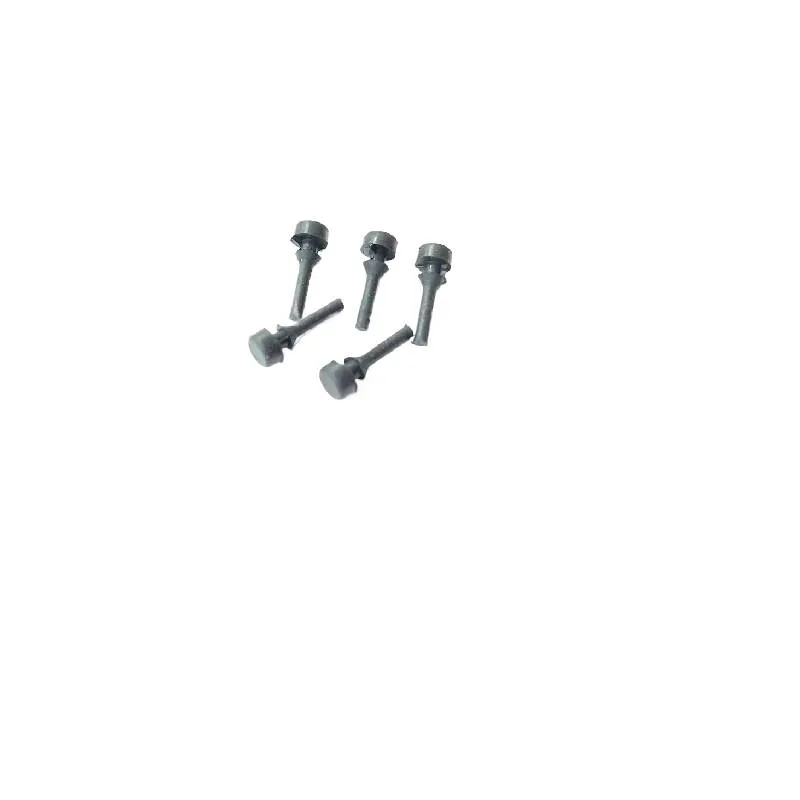
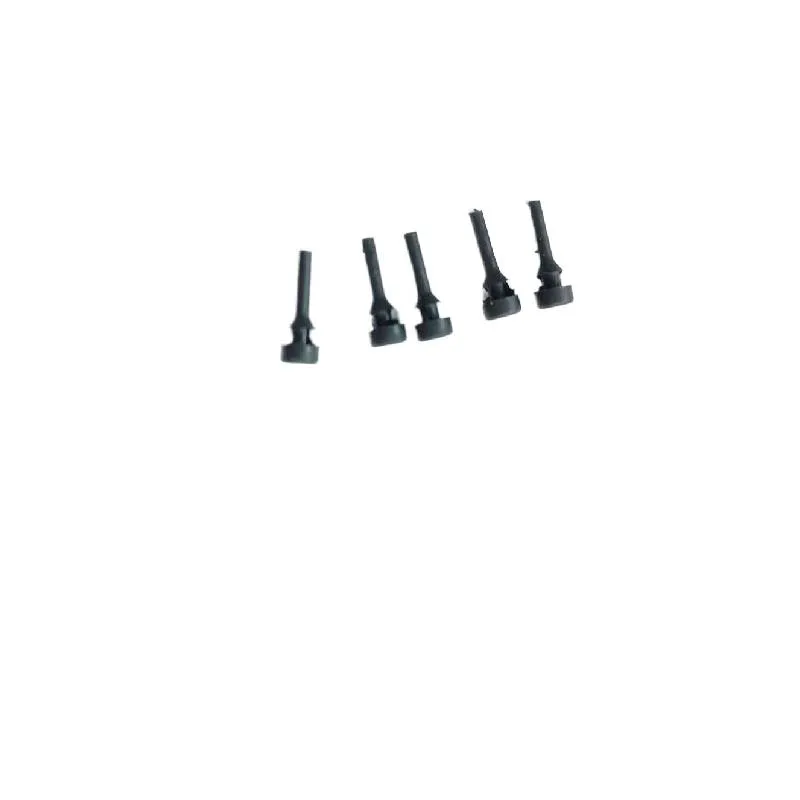
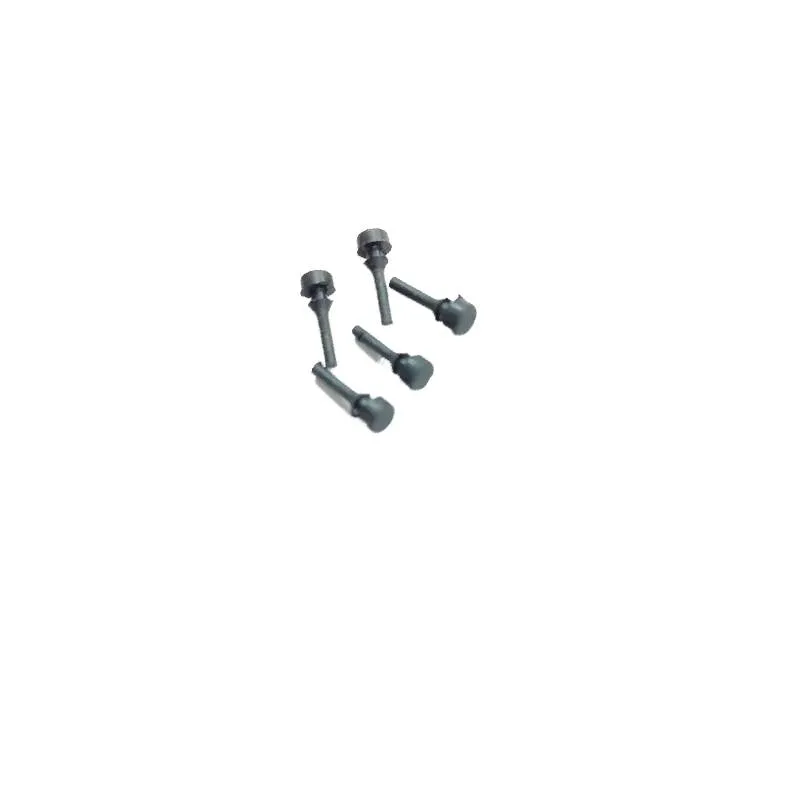
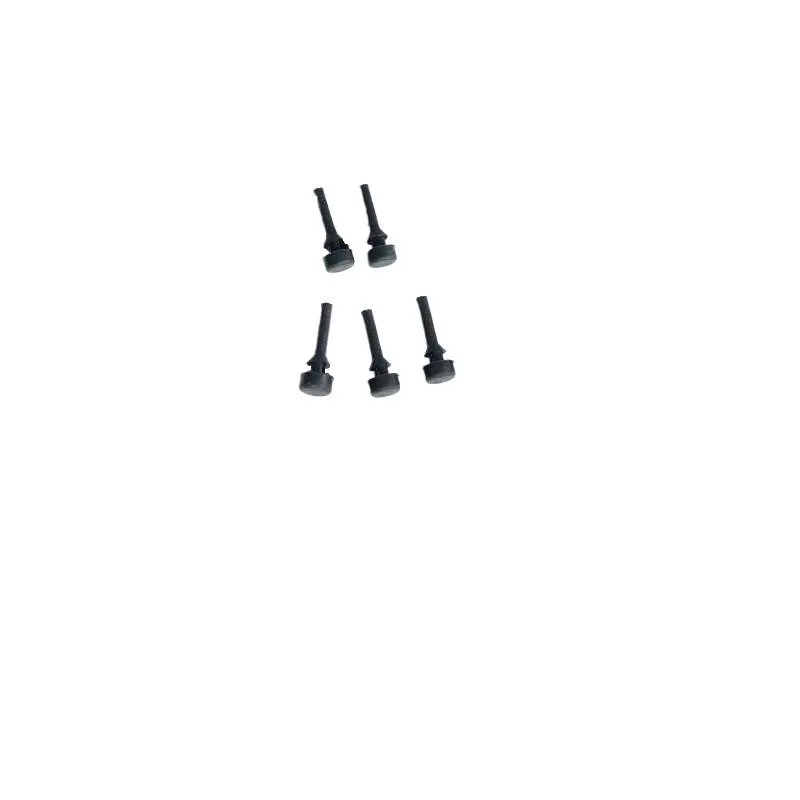
About GaoBeiDianShi Fengye Rubber Seals Co.,Ltd.
Established over four decades ago, GaoBeiDianShi Fengye Rubber Seals Co.,Ltd. is recognized globally for its unwavering commitment to rubber and plastic sealing innovation. The company’s featured product, Rubber Sealing pin, is celebrated for unparalleled precision and resilience.
Rubber Sump Plug (Rubber Sealing Pin) by Fengye is crafted to exacting industry standards, utilizing advanced production equipment and the expertise of a highly skilled R&D team to meet complex client specifications across industries. As the
US Department of Energy highlights, advanced sealing technology such as high-quality rubber sump plugs plays a critical role in improving operational efficiency and reducing maintenance costs (source).
Industry Trends: Rubber Sump Plug Market and Adoption
- Shift to High-Performance Elastomers: Materials such as FKM (Viton), Nitrile, and EPDM are in increasing demand due to their superior oil, heat, and chemical resistance (ref).
- Sustainability Initiatives: Market leaders invest in recyclable rubber blends and environmentally friendly manufacturing, supporting green certifications and lowering carbon footprints.
- Precision Engineering: Enhanced design standards ensure compatibility, leak-tightness, and easy installation across increasingly complex machinery.
- Automation & Digital Quality Control: Adoption of vision systems and digital inspection tools guarantees batch-to-batch reliability and traceable performance data.
Rubber Sump Plug Essential Technical Parameters
| Parameter | Value Range | Industry Standard | Description |
|---|---|---|---|
| Material | NBR, EPDM, FKM, Silicone | ASTM D2000, ISO 1629 | Determines heat, chemical & oil resistance |
| Diameter | 10 mm – 50 mm | ISO 3601, DIN 3760 | Fits a variety of sump hole sizes |
| Temperature Resistance | -40°C to +200°C | ISO 37 | Suitability for harsh thermal environments |
| Hardness (Shore A) | 50~85 Shore A | ASTM D2240 | Measures compressibility and resilience |
| Oil/Chemical Resistance | Excellent to Superior | ASTM D471 | Resistance against engine oils and fluids |
| Color | Black, Custom | Client Requirement | Color coding for application or branding |
| Installation Method | Press fit, Threaded, Snap-in | OEM/Aftermarket | Application specific |
Product Highlight: Rubber Sump Plug (Rubber Sealing Pin)
In a world where precision and reliability are paramount, GaoBeiDianShi Fengye Rubber Seals Co.,Ltd. stands at the forefront of innovation in the rubber and plastic sealing industry. With more than 40 years of specialized experience, the company has honed expertise in the design, production, and processing of high-quality rubber sealing products.
- Customizable Specifications: Shapes, diameters, and thicknesses tailored for automotive, mechanical, and marine sectors.
- Performance Excellence: Resistance to oil, heat, corrosion, pressure, and environmental exposure.
- Quality Control: In-house inspection, batch traceability, and compliance with ISO 9001 and automotive standards.
- Sustainable Manufacturing: Use of eco-conscious elastomers and reduced-waste production processes.
Read more about Rubber Sealing pin
Applications of Rubber Sump Plug Across Industries
- Automotive: Oil pan seals, transmission covers, and coolant sumps in cars, trucks, and motorcycles.
- Industrial Machinery: Hydraulic tanks, gearboxes, compressors, and reservoir maintenance.
- Marine & Agriculture: Agricultural sprayers, watercraft hulls, and engine rooms requiring leak-resistant solutions.
- HVAC & Pumps: Sealing drainage ports and inspection hatches to prevent leakage and contamination.
- Custom Engineering: Robotics housings, laboratory equipment, and electronics requiring fluid isolation.
Professional FAQ: Key Rubber Sump Plug Terminologies
EEAT: Industry Authority and Reference
- Company experts frequently participate in global trade shows and technical forums, providing leadership in elastomeric sealing innovation (see profile).
- Our manufacturing processes are validated against ISO 9001 frameworks and audited by international automotive and industrial clients.
- Product testing and validation are referenced in peer-reviewed journals and sector-specific platforms, such as Composite Structures.
-
Types of PVC Pipe Fittings for Water Supply Elbows Tees and CrossesNewsJul.18,2025
-
Stainless Steel Metal Washer Types: Corrosion Resistance RatingsNewsJul.18,2025
-
Rubber Parts Manufacturers Vulcanization Process OptimizationNewsJul.18,2025
-
Plastic Part Injection Molding Cycle Time OptimizationNewsJul.18,2025
-
Metal Parts Manufacturer Custom CNC Machining for Precision FittingsNewsJul.18,2025
-
Custom Aluminum Parts Design Considerations for Heat DissipationNewsJul.18,2025
-
Key Features of High - Quality Rubber BushNewsJul.04,2025



